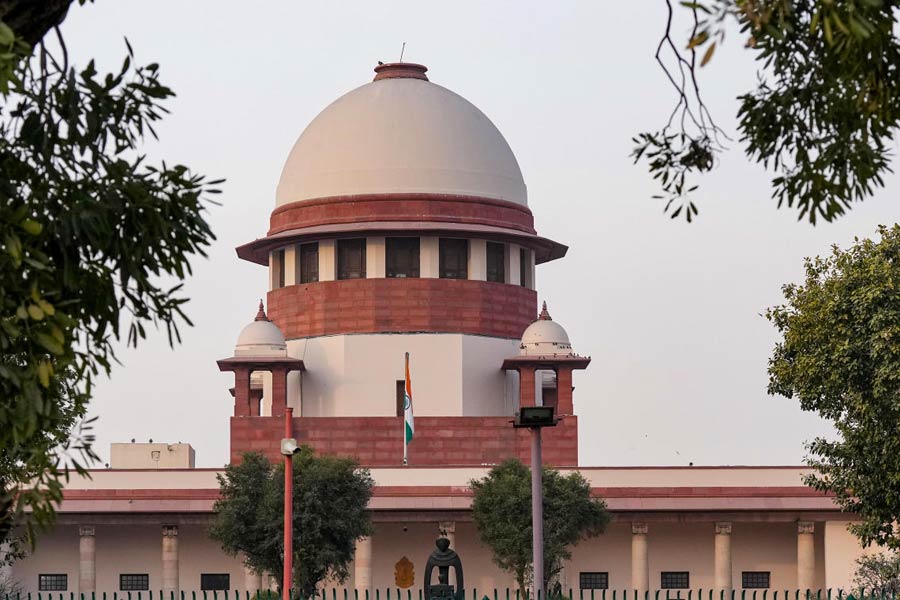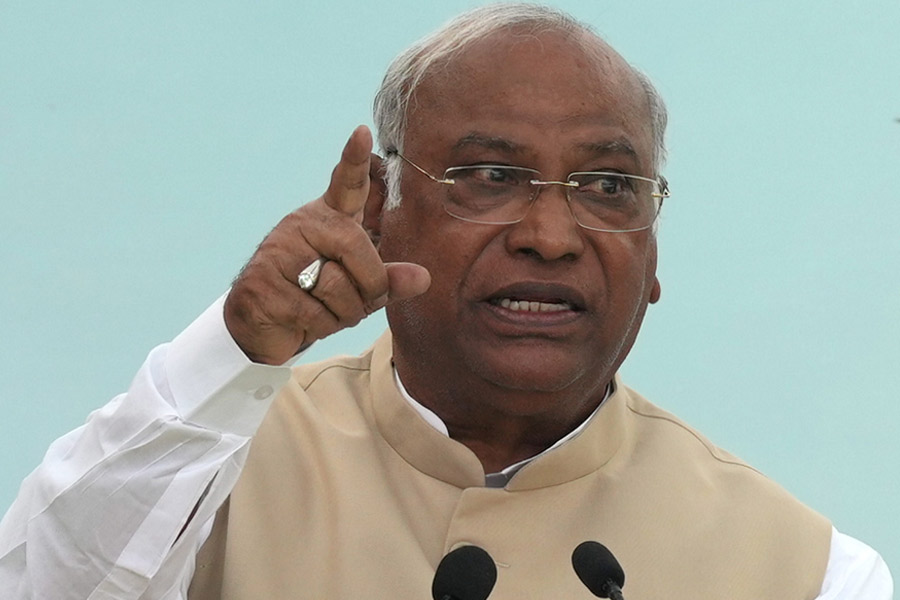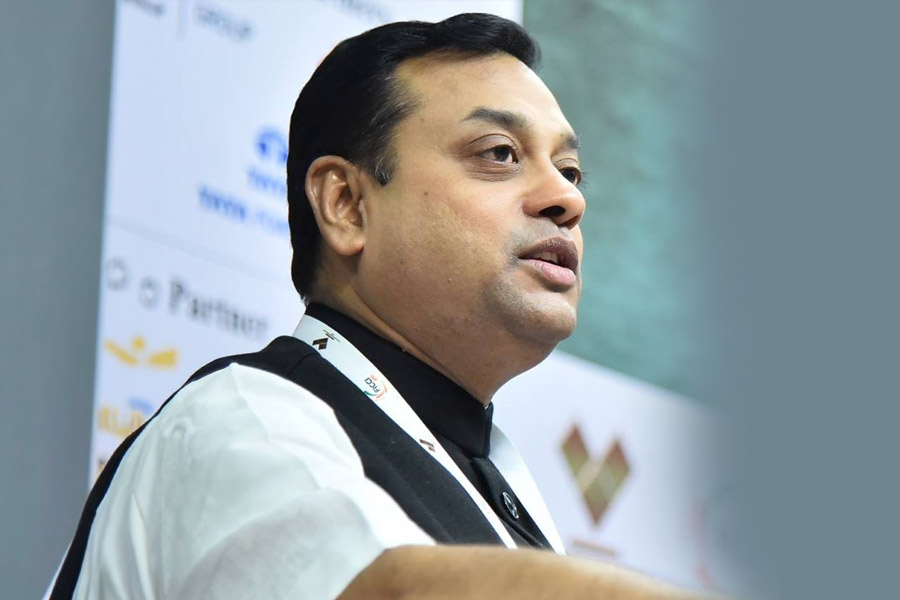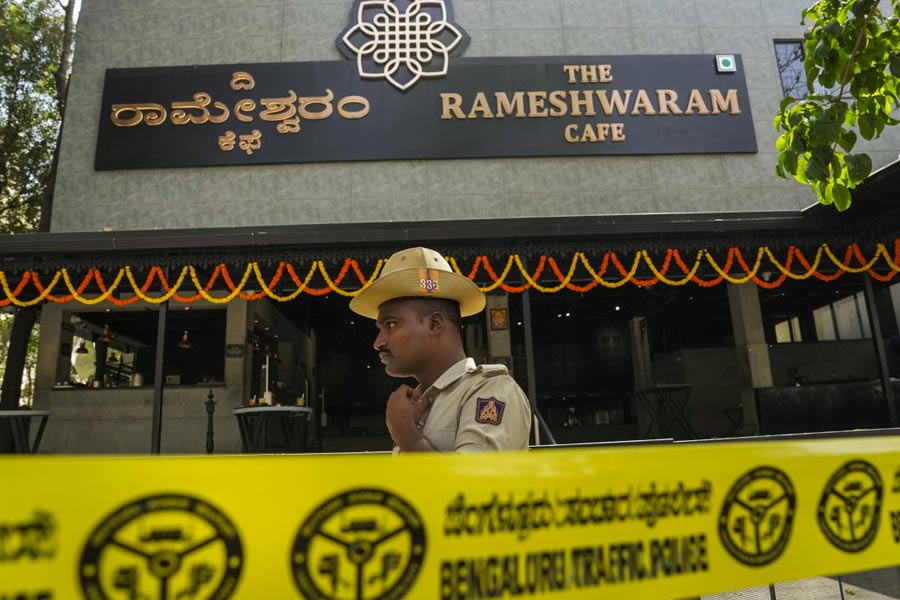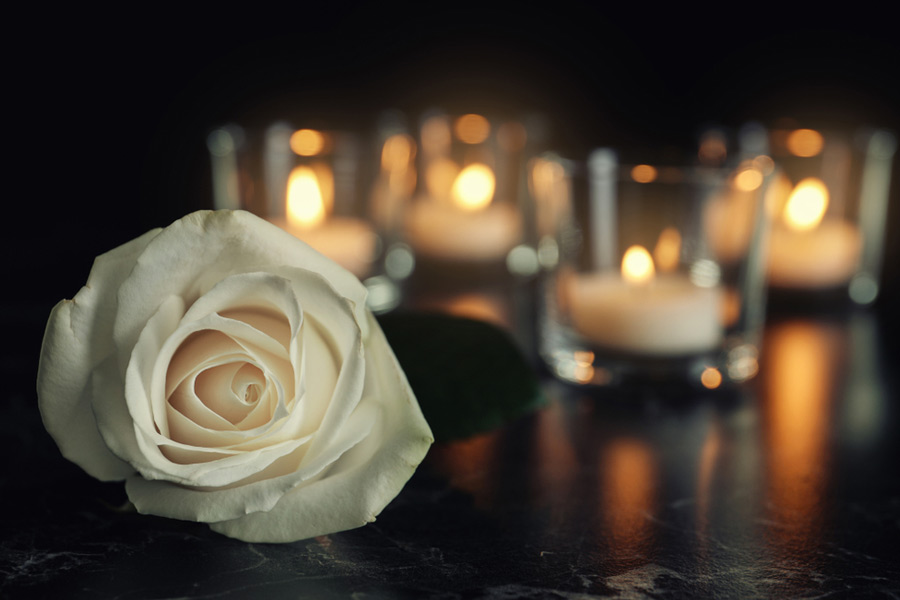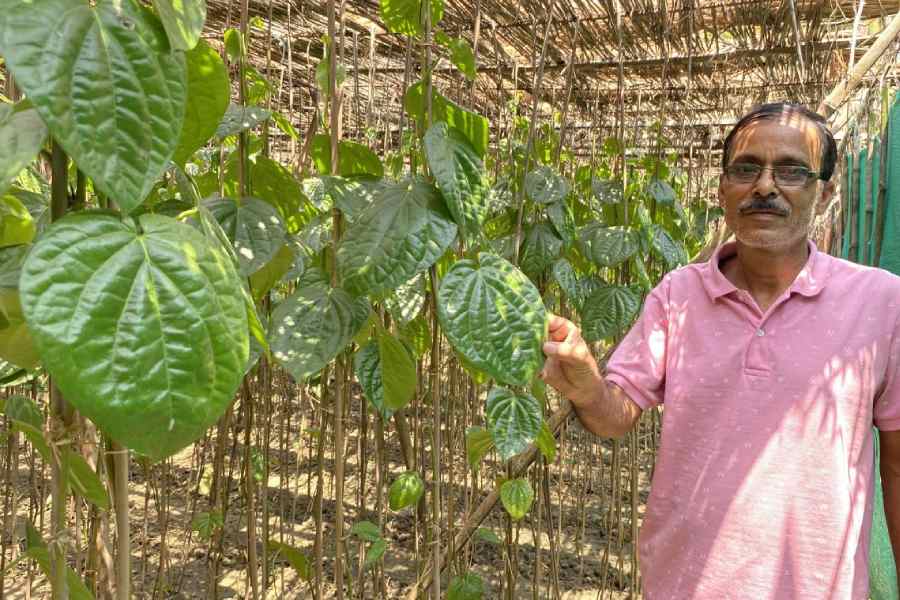Can the law decide how history should have been? That seems to be the implicit demand in the claim presented in court in the name of the deity Krishna and worshippers asking that the Shahi Idgah mosque area in Mathura be transferred to the Katra Keshav Dev temple with which it shares the premises. The mosque is supposed to have been built over the presumed ‘prison cell’ in which Krishna was born — according to legend, nowadays indistinguishable from fact — and the Allahabad High Court passed an order last December for a commissioner to inspect the mosque’s premises. Earlier, it had ordered the Archaeological Survey of India to conduct a ‘scientific’ survey around the Gyanvapi mosque in Varanasi which members of the majority community claimed to be part of the Kashi Vishwanath temple. The Supreme Court, however, stayed the Mathura order in response to a petition from the mosque’s management, reportedly saying that the order was based on a vague application without specified reasons. The high court was adjudicating on all the suits regarding the Krishna birthplace dispute, and the Supreme Court allowed other matters regarding the issue to be heard as usual.
The Supreme Court’s decision seems to have paused a growing trend: using the law to claim places of worship of minority faiths supposed to have ‘originally’ belonged to the majority religion. Yet altering the religious character of a place of worship as it stood on August 15, 1947 is barred by the Places of Worship (Special Provisions) Act, 1991. The Allahabad High Court order was passed in the face of the earlier Supreme Court ruling that no interim relief could be afforded by civil courts when the maintainability of suits was in question, as in this case. Are ‘inspections’ and ‘surveys’ to obtain motifs and objects of apparently Hindu origin meant to open a back-door to the issue, thus strengthening the claims? In any case, artisans used practised forms in their structures as they travelled from patron to patron; motifs and designs overlap. Besides, the temple trust in Mathura had given the land to the mosque by legal agreement in 1973. But all this is being treated as inconsequential in the Hindutva push to use the legal route for religious domination. This back-door needs to be closed firmly for the sake of equality, secularism and harmony.

